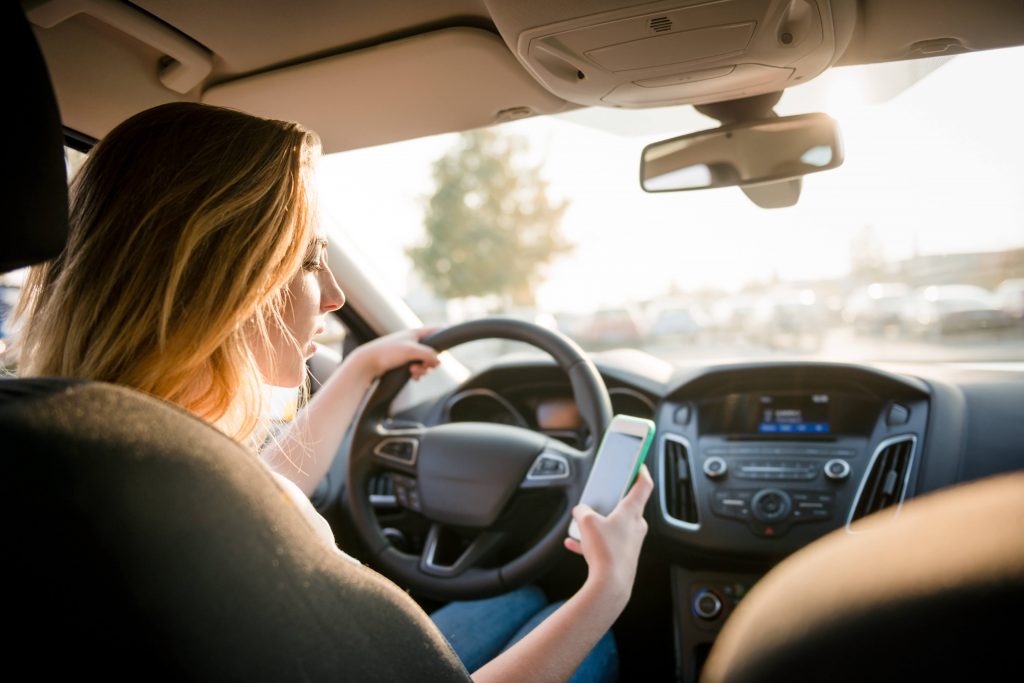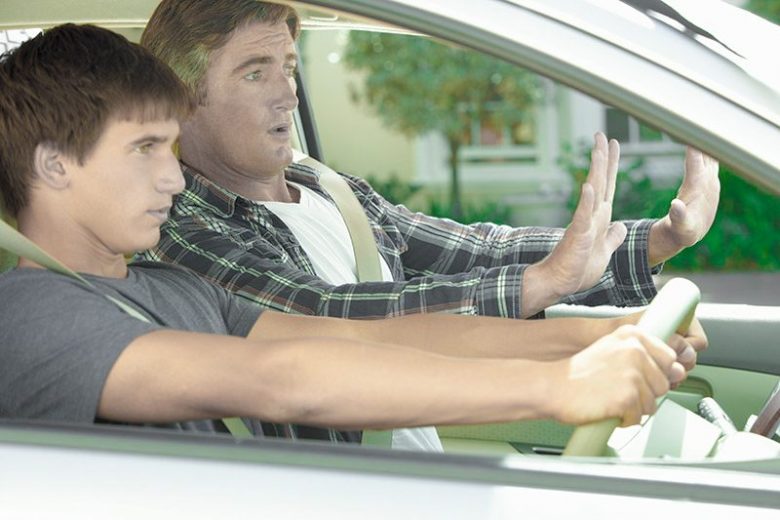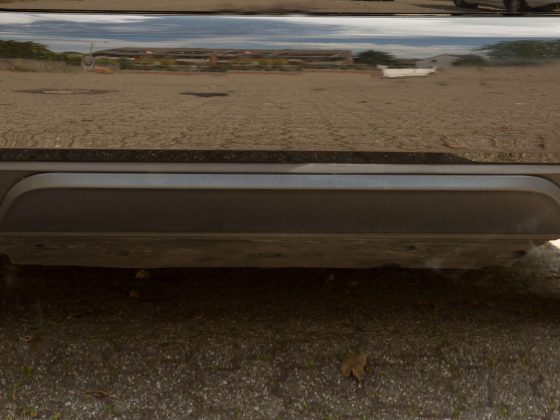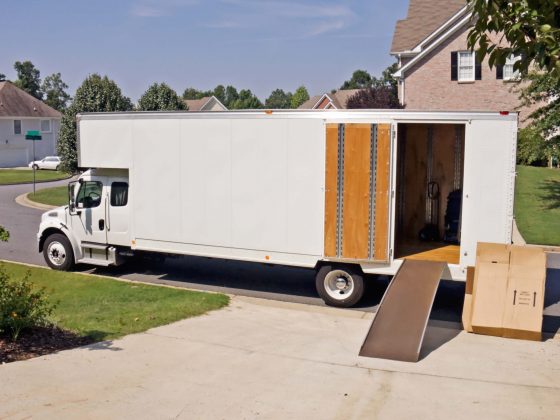Distracted Driving Awareness Month is coming to a close but the urgency of resolving what has now become a nation-wide problem is something that needs to be addressed year-round. Teens, more than any other age group, are at the greatest risk of being involved in a crash caused by distracted driving. However, parents have more influence than they know on what decisions teens make and what habits they form when they get behind the wheel.
Use eTags© to Quickly Complete Your DMV Service. Renewals, Title Transfers and More, All Online!
THE FACTS
Many driving-related challenges have to be mastered and overcome by new drivers like maneuvering through traffic, merging, and accelerating and decelerating properly among other things. However, distracted driving behavior (DDB) makes mastering these things and creating safe driving habits much more difficult. One of the major causes of DDB among teen drivers is, of course, the use of smartphones. In a recent report, 87% of teens admitted to using their cellphones while driving. The use of cellphones involved either talking on the phone or texting while driving but distractions come in many forms. In a 2015 press release by the National Highway Traffic Safety Administration (NHTSA), 2,614 teen drivers were involved in fatal road crashes in 2013. Of those that were caused by distracted teen drivers, the distractions also included communicating with passengers in the vehicle. That’s right, passengers whether they are parents or friends, can be a distraction to any driver, but especially teens.
Parents contribute in many cases to the distraction of teen drivers. In a 2014 study, 50% of fully licensed teen drivers said they spoke with a parent on the phone while driving, and 18% admitted to texting a parent while driving. However, only about 63% of parents accept that their adolescent children use cellphones while driving (De-nial is not just a river in Egypt apparently). Apart from the issue of direct communication with parents being a major cause of DDB among teen drivers, many of them have admitted to being influenced by their parents’ own driving habits. As a result, children who have observed their parents using their phones while driving are more likely to copy the same behavior when they start driving. All said, parents contribute (to a great extent) to the driving habits adapted by their teens.
What should you do?

It is important for parents to realize that they have a crucial role to play in the ongoing campaign to reduce the development DDB among teen drivers. The following guidelines can serve as a good starting point:
- Set call or text rules for when your teen is getting ready to drive. As a parent, when you receive this message, you’ll know to wait until it is appropriate to contact them Here again, you should take the initiative by asking him or her to call you when they got to their destination. Play around with a few steps and processes to see what works best for you and your teen always remember that the end goal is that the phone now be used while driving.
- Be a good role model: if your child doesn’t see you using your cellphone while driving, their chances of developing that habit will be drastically reduced. That text, call, or email can wait.
- Be involved in the learning process and don’t just leave it to the teachers or coaches at the drivers ed class. It is important for you to walk them through basic safe driving tips especially when they are still inexperienced. This will help them to develop safe driving habits more rapidly.
- Use technology to limit cell phone usage when the car is moving. There several free smartphone apps and also devices you can install in your car that will block block cellular data signals. Many of these can be configured to send a message to the person calling or texting the driver to inform them that the other party is unavailable. This works not just on teens, but on parents with a few of the same bad habits
- Remember that cell phones aren’t the only distraction. While many states have laws against teens with learners licenses or permits driving with other passengers under a certain age, parents can set rules on this as well. This is especially important once a teen obtains full driving privileges at 17 or 18 because the rate of crashes is still very high among this age group with distractions while driving playing a big role in the cause.








